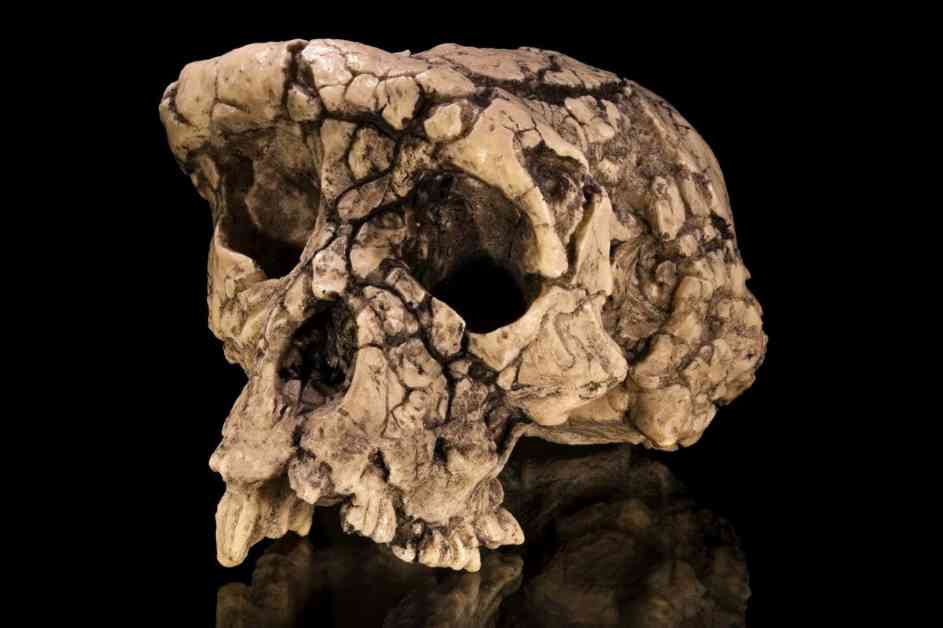Anthropologists have been debating for two decades whether Sahelanthropus, a hominin that existed around 7 million years ago, was one of the earliest bipedal apes. This period, spanning from 7 million to 4 million years ago, is a somewhat unclear phase in the human evolution timeline. There are key data points to consider during this time, including Sahelanthropus tchadensis from 7 million years ago, Orrorin tugenensis from 6 million years ago, and the two species of Ardipithecus from 5.6 million and 4.4 million years ago.
These findings have sparked discussions among experts regarding the origins of bipedalism in human ancestors. Sahelanthropus, in particular, has drawn attention due to its potential significance in understanding the evolution of walking upright. The debate surrounding this topic highlights the complexity of tracing back the origins of bipedalism and sheds light on the diverse range of early hominin species that existed millions of years ago.
The study of human evolution continues to be a fascinating field of research, with new discoveries and interpretations shaping our understanding of how our ancestors lived and evolved over time. By examining fossil evidence and using cutting-edge technologies, scientists are piecing together the puzzle of human evolution and uncovering the secrets of our ancient past.
As we delve deeper into the past, new questions arise, leading to further exploration and analysis of the evidence left behind by our early ancestors. The search for answers about when human ancestors began walking upright is a complex and ongoing process that requires collaboration among experts from various scientific disciplines.
By studying the fossil record and analyzing the anatomical characteristics of early hominin species, researchers can gain valuable insights into the evolutionary origins of bipedalism. This multidisciplinary approach allows scientists to reconstruct the past and unravel the mysteries of human evolution, offering a glimpse into our shared history as a species.
While the debate over Sahelanthropus and the origins of bipedalism continues, it is clear that our understanding of human evolution is constantly evolving. By combining traditional research methods with innovative techniques, researchers are pushing the boundaries of knowledge and exploring new frontiers in the study of human origins.
In conclusion, the question of when human ancestors began walking upright is a complex and multifaceted issue that requires careful examination of the available evidence. As our understanding of human evolution grows, so too does our appreciation for the diversity of life forms that once roamed the Earth. Through continued research and exploration, scientists are uncovering the secrets of our ancient past and shedding light on the remarkable journey that led to the development of modern humans.



